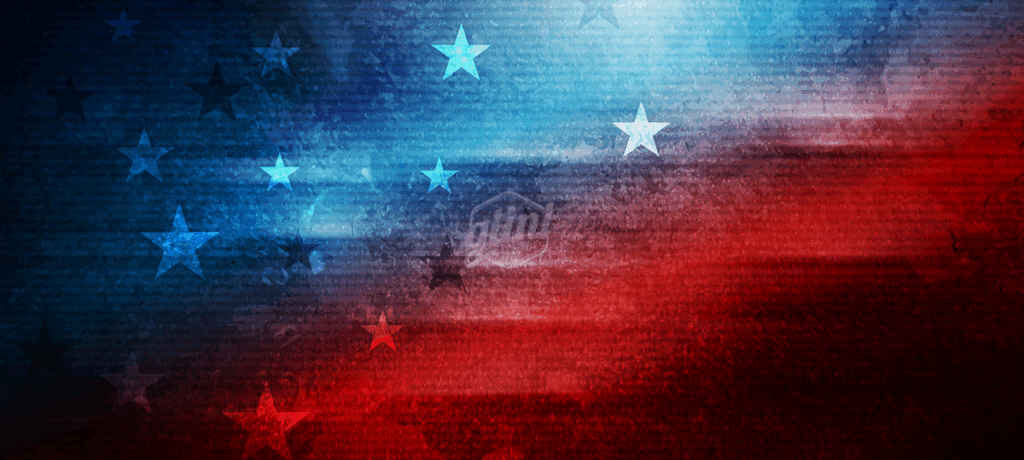Color isn’t just decoration, it’s a strategic tool. In branding and marketing, color has the power to shape perception, trigger emotional responses, and influence consumer decisions. From tech startups to legacy brands, choosing the right palette can set the tone for everything from customer trust to product sales. At Glint Advertising, effective branding starts with understanding how and why color works.
The Emotional Impact of Color
The psychology of color taps into emotion faster than words. Blue often evokes qualities of trust and security, making it a go-to choice for banks and social platforms like Chase and Facebook. Red, on the other hand, creates urgency and excitement, which is why it’s popular with brands like Coca-Cola and Netflix. Yellow can signal optimism and energy (see McDonald’s), while green often represents wellness, sustainability, and calm (think Whole Foods and Spotify).
According to Psychology Today, color has a profound influence on mood and behavior, enabling brands to connect emotionally with their audience at first glance.
Strategic Choices That Go Beyond Aesthetics
Great branding isn’t about choosing your favorite color; it’s about finding the right one to tell your story. For example, high-end fashion brands often favor black and white to communicate luxury and minimalism. Tech companies lean into bold colors to reflect innovation and accessibility. Slack, Google, and Microsoft use multi-color logos to signify creativity and inclusion.
A study by Color Matters reveals that up to 85% of consumers cite color as a primary reason for purchasing a product, and color boosts brand recognition by up to 80%.
These numbers highlight that color is more than a visual asset; it’s a business tool.
Cultural Context and Accessibility
Color meaning isn’t universal. Red might symbolize love or luck in some cultures, but in others, it may evoke danger or mourning. Purple can represent royalty in one region and spirituality in another. When building a global brand, marketers must consider how different audiences perceive color across cultures.
Accessibility is just as important. Approximately 1 in 12 men and 1 in 200 women are colorblind. To design inclusively, marketers must ensure sufficient contrast, avoid relying solely on color cues, and test visual content for readability across all abilities.
Brands That Nailed Their Palette
Tiffany & Co.’s signature blue isn’t just elegant, it’s trademarked. The color evokes exclusivity and timelessness to such an extent that the brand no longer needs a logo for recognition. Similarly, UPS’s earthy brown reflects stability and dependability, fitting for a logistics giant. Spotify’s bold green brings freshness and balance to a tech-focused music platform.
These palettes work because they’re not random; they’re rooted in strategy, emotion, and cultural resonance.
Color as a Competitive Edge
In Today’s crowded marketplace, color isn’t just how your brand looks; it’s how it feels. At Glint, we help clients align color strategy with their mission, audience, and long-term goals. Whether rebranding or launching new campaigns, we utilize the psychology of color and consumer insights to ensure every hue serves a purpose.
Explore more of Glint’s blogs to discover how thoughtful creative strategy can turn color into a business advantage.






